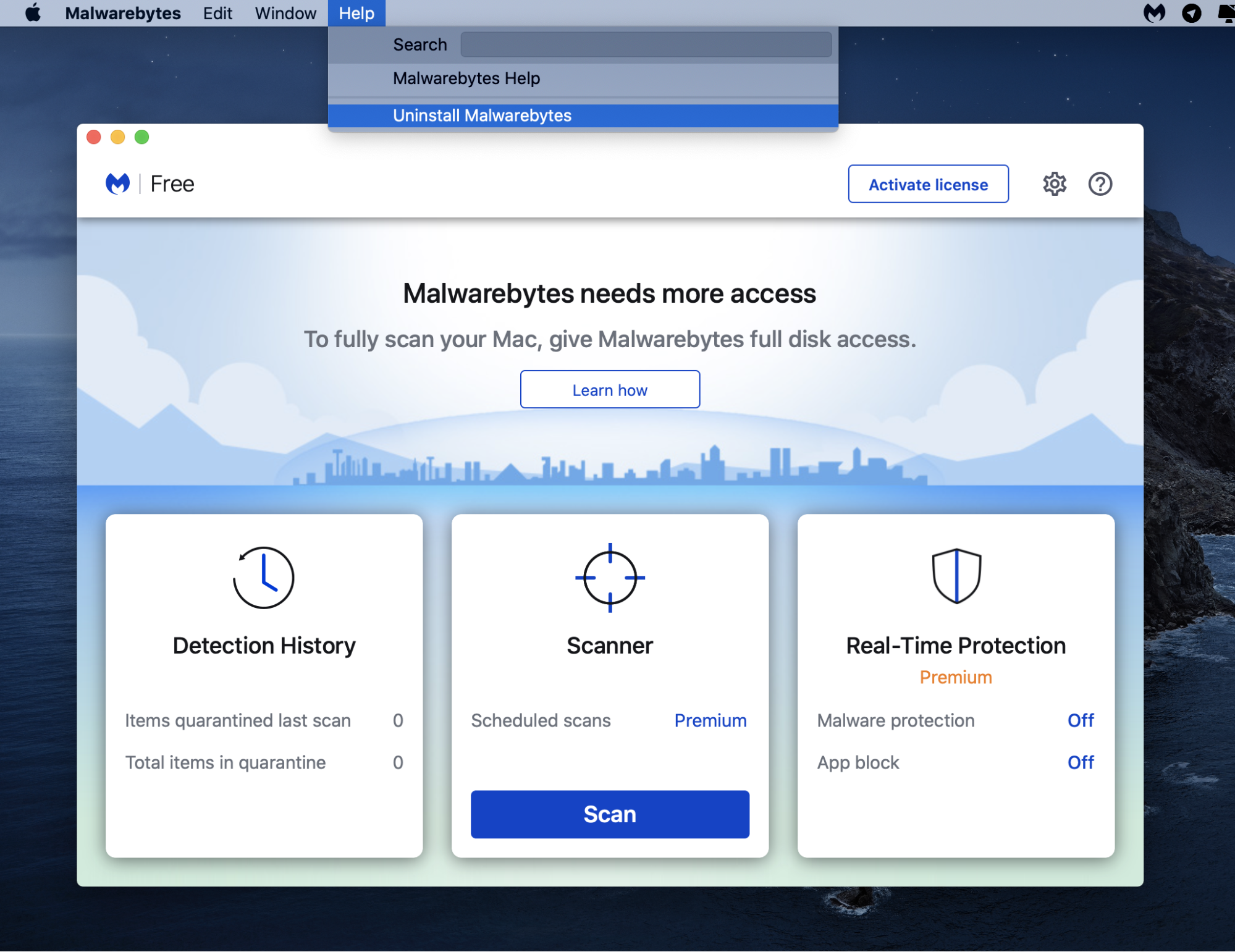

Keychain : upload passwords and certificates stored in the keychain Locate : upload location from CoreLocationĪpplist : upload a list of installed non-Apple apps systemmail : upload email from the default Mail.app In addition to uploading data to the server, it can also receive a number of commands from the server. The implant communicates with a command and control (C&C) server on a hard-coded IP address over plain, unencrypted HTTP. The iPhone malware implant, which has not been given a name, is able to escape the iOS sandbox and run as root, which basically means it has bypassed the security mechanisms of iOS and has the highest level of privileges. However, what’s important is that each of these attack chains was designed to drop the same implant on the device, and it is that implant (the iPhone malware) that we will focus on here. About the security content of iOS 12.1.4įor the technically-minded, Beer has included excellent, highly-detailed descriptions of each attack chain. The various attack chains were capable of infecting devices running iOS 10 up through iOS 12.1.3. The remaining 12 were not zero-days at the time, meaning they were already known, and they had already been patched by Apple. These were fixed by Apple in the iOS 12.1.4 release on February 7. In such cases, one of the vulnerabilities alone is not sufficient to achieve the goal, but combining two or more makes it possible.Īmong the vulnerabilities used, only two were mentioned as still being zero-days at the time of discovery (CVE-2019-7286 and CVE-2019-7287).
#Malwarebytes for mac removal series#
Mechanism of infectionĪccording to Beer, the websites in question “were being used in indiscriminate watering hole attacks against their visitors,” using 14 different vulnerabilities in iOS that were combined into five different attack chains.Īn attack chain is a series of two or more vulnerabilities that can be used together to achieve a particular goal, typically infection of the target system. After all, who would burn $1 million or more to infect individuals, unless the gain was greater than the potential cost? There was never any guarantee, of course, and Beer’s findings have upended that conventional wisdom. Thus, iPhone malware infections were always seen as problems that didn’t affect average people. This is exactly what happened in the Trident case-a clumsy text message to an already-wary journalist resulted in three separate million-dollar vulnerabilities being discovered and patched. Companies like Zerodium will purchase them, but widespread use of such vulnerabilities “burns” them, making it more likely that Apple will learn of their existence and apply fixes. The difficulty with infecting an iPhone is that it requires some kind of zero-day vulnerability (i.e., unknown to the security community at time of its release), and these vulnerabilities can be worth $1 million or more on the open market. A classic example of the latter was the case of Ahmed Mansoor, in which he was targeted with a text message in an attempt to infect his phone with the NSO’s malware, now referred to as Trident.
#Malwarebytes for mac removal free#
Historically, iOS has never been completely free of malware, but it has mostly been limited to one of two scenarios: Either you jailbroke your device, hacking it to remove the security restrictions and installing something malicious as a result, or you were the target of a nation-state adversary. These sites, which see thousands of visitors per week, were used to distribute iOS malware over a two-year period. According to Beer, a small set of websites had been hacked in February and were being used to attack iPhones, infecting them with malware. A post by Ian Beer of Google Project Zero released late yesterday evening sent the security community reeling.


 0 kommentar(er)
0 kommentar(er)
